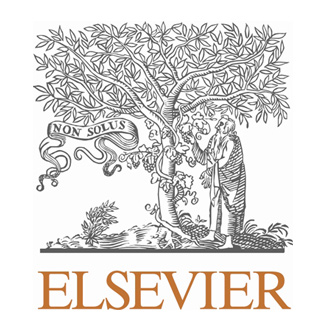
Last year, an epidemic of a new strain of influenza associated with swine influenza was apparently diagnosed in Mexico. The infection has illustrated continued human-to-human spread across the world, thereby enabling the World Health Organization to announce an influenza outbreak. Vaccines particularly for pandemic influenza have said to be productively created and the UK Joint Committee on Vaccination and Immunization advocated that high-risk people be given importance for receiving vaccination.
Decisions about expanding vaccination to low-risk people may be greatly disputed and rely somewhat on the epidemiological influence and cost-effectiveness of such alternatives.
Marc Baguelin, Albert Jan Van Hoek and colleagues from the Health Protection Agency and the London School of Hygiene and Tropical Medicine in the UK explain how they appear to suit a mathematical model to the anticipated amount of cases in real-time to envisage the efficiency of different influenza vaccination plans.
Baguelin commented, “Given the present debates in different European countries about the legitimacy of the different choices of vaccination our paper is very topical. Further it reinforces and expands a recent article in the Lancet as it also suggests that many more people than first thought were infected in the summer wave of the swine flu pandemic.â€
Particularly, the experts illustrate that vaccination of high risk groups could perhaps be extremely cost-effective. Nevertheless, the cost-effectiveness of vaccinating children supposedly depended on the development of the outbreak and could be cost-effective in countries where a flu epidemic may not be so far advanced.
The study appeared in Vaccine and was published by Elsevier.
